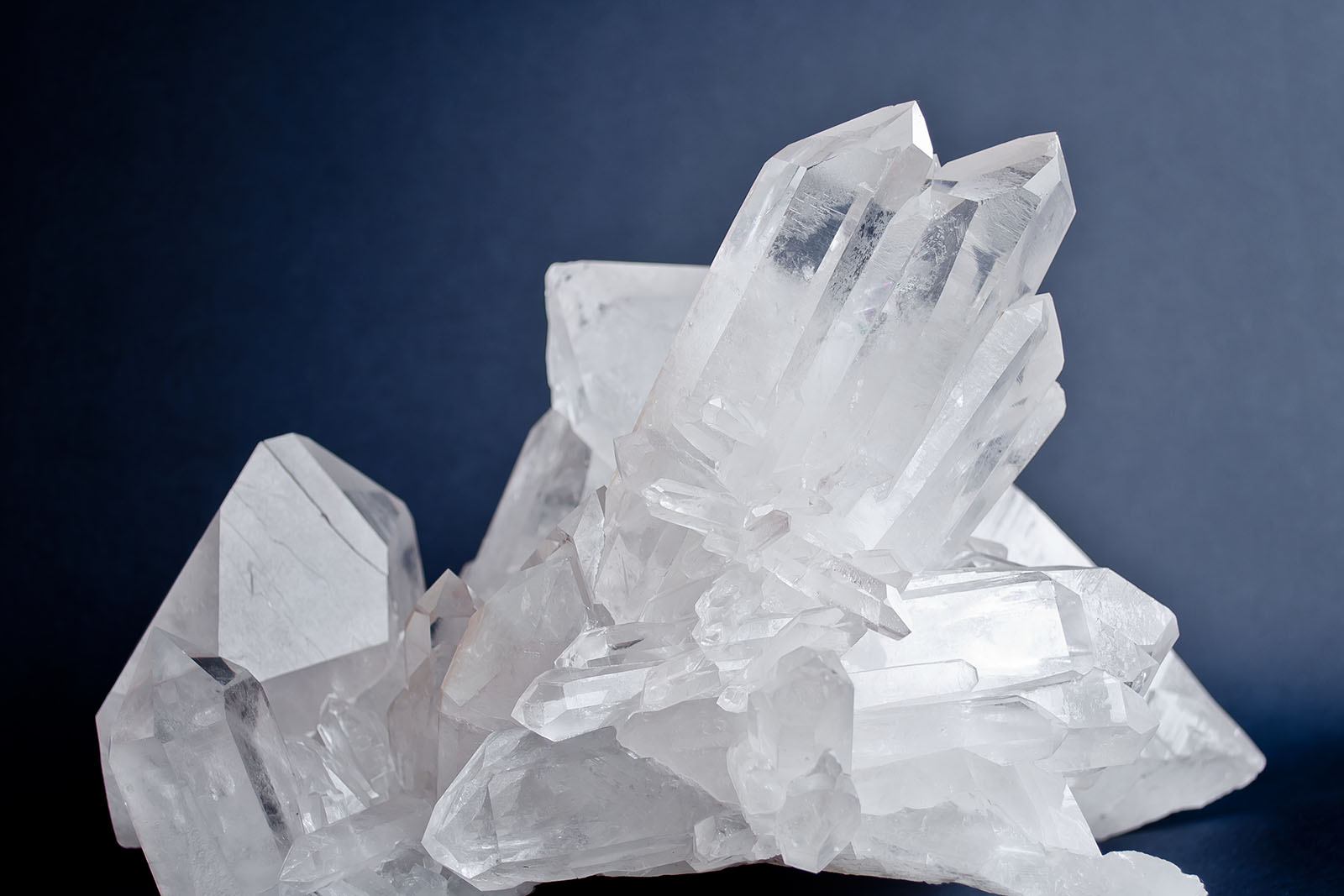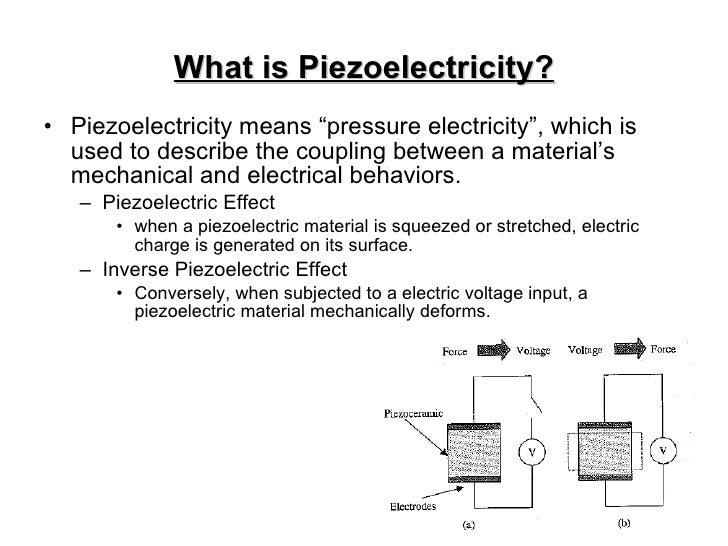
The contribution of radicals relaxes at relatively low frequencies (30 kHz), so that the piezoelectric response exhibits a strong Debye-like relaxation.īesides the piezoelectric response arising from the molecular or atomistic mechanisms (sometimes called intrinsic response), there are a number of the so-called extrinsic contributions to the piezoelectric response whose value can be comparable to that of the intrinsic effect. In ferroelectric AgNa(NO 2) 2, for example, the piezoelectric effect consists of two contributions: one related to ionic and electronic polarizations of the lattice, and the other to ordering of NO 2 radicals. In some materials, the piezoelectric effect can be due to several processes. As grown, PVDF is macroscopically nonpolar due to random orientation of polymer chains, but can be rendered polar by the application of mechanical stress and electric field. The crystalline part consists of a nonpolar phase and a highly polar phase, in which dipoles are due to the distribution of H − and F + ions on opposite sides of the polymer chain. Polyvinylidene fluoride (PVDF) is a semicrystalline polymer, consisting of basic CH 2–CF 2 units which form a head-to-tail structure CH 2–CF 2–(CH 2–CF 2) n–CH 2–CF 2. The piezoelectricity is related to the charge-induced strain at the interface (metal/pores) layer, and strain levels comparable to those in the best piezoelectric ceramics have been observed. A piezoelectric-like response, where strain is reversibly proportional to charge, has been reported in the platinum metal with nanoporosity when submerged in an electrolyte, and an electric potential is applied between the metal and electrolyte. The mechanism of the piezoelectric response in SrTiO 3 is presently not understood, but its divergence as T→0 K suggests that it could be associated with a quantum critical point and field-induced phase transition into a piezoelectric and possibly ferroelectric phase at T≈0 K. Strontium titanate, SrTiO 3, is a simple cubic centrosymmetric perovskite at room temperature however, high piezoelectric response ( d 31>1000 pm V −1) was discovered at cryogenic temperatures. Recently, a high piezoelectric or piezoelectric-like response was discovered in materials in which no piezoelectric effect would be expected. The d coefficient can, for example, be expressed as d = 2 ε Q P s where Q is an electrostrictive coefficient. In this framework, the piezoelectricity has its origin in electrostriction biased by the spontaneous polarization. These first-principle calculations lead not only to a satisfactory agreement between calculated and experimental piezoelectric coefficients, but can, in principle, be used to predict new materials with predefined piezoelectric properties.įrom the phenomenological point of view, the piezoelectric effect in ferroelectric materials may be described reasonably well by the Landau–Ginzburg–Devonshire approach.
#Piezo electricity free#
The piezoelectric d coefficient can be calculated as a slope of strain versus electric field, where the strain is calculated from the free energy. The internal energy U is obtained from first-principle calculations, P i as a Berry phase, and E i are components of the external field. Piezoelectric d im coefficients can be calculated from first-principle approaches by considering the free energy F = U − P i E i. It is the last term in the above expression that is of most interest in identifying the contribution of each atom in the piezoelectric response of a crystal.

k runs over all atoms of the cell, e is the electronic charge, and a i are lattice constants along the i-direction. The last term corresponds to change in polarization induced by internal distortions only it is related to the effective charge tensor Z* and to the response of the internal atomic coordinates to a macroscopic strain (d u i/d x j). e im, c is the so-called clamped-ion or homogeneous-strain contribution that corresponds to applied macroscopic strain and zero internal strain (internal coordinates are scaled with cell size and shape). Where P l are components of the total polarization calculated as a Berry phase of the wave functions resulting from first-principle calculations, Ω is the cell volume, and R α,j and G α,l are components of three ( α = 1, 2, 3) real-space and reciprocal lattice vectors, respectively.

E im = 1 2 π Ω ∑ α R α, i d d x m Ω G α, l P l = e im, c + ∑ k ea i Ω Z k, ii * k d u i k d x m


 0 kommentar(er)
0 kommentar(er)
